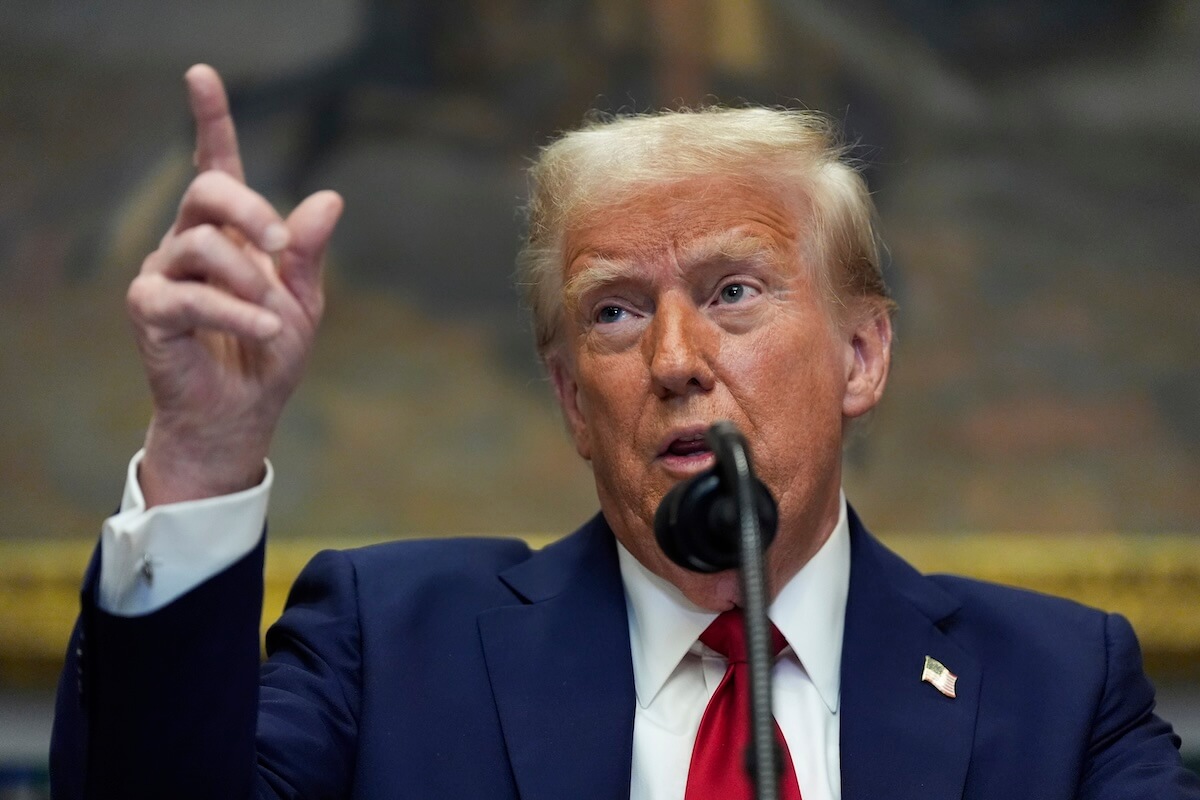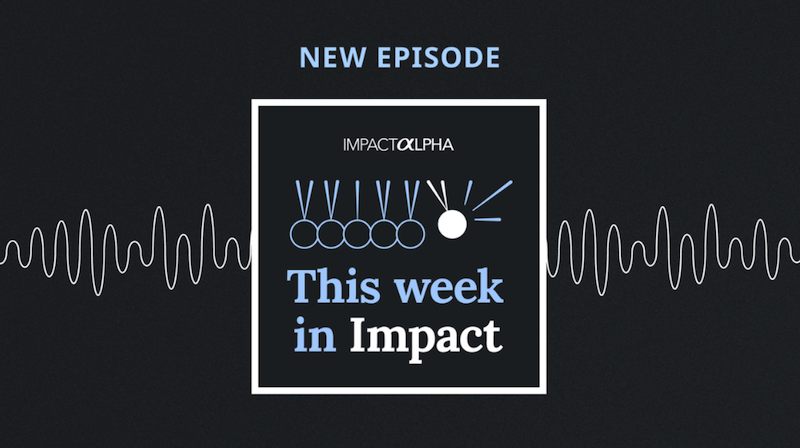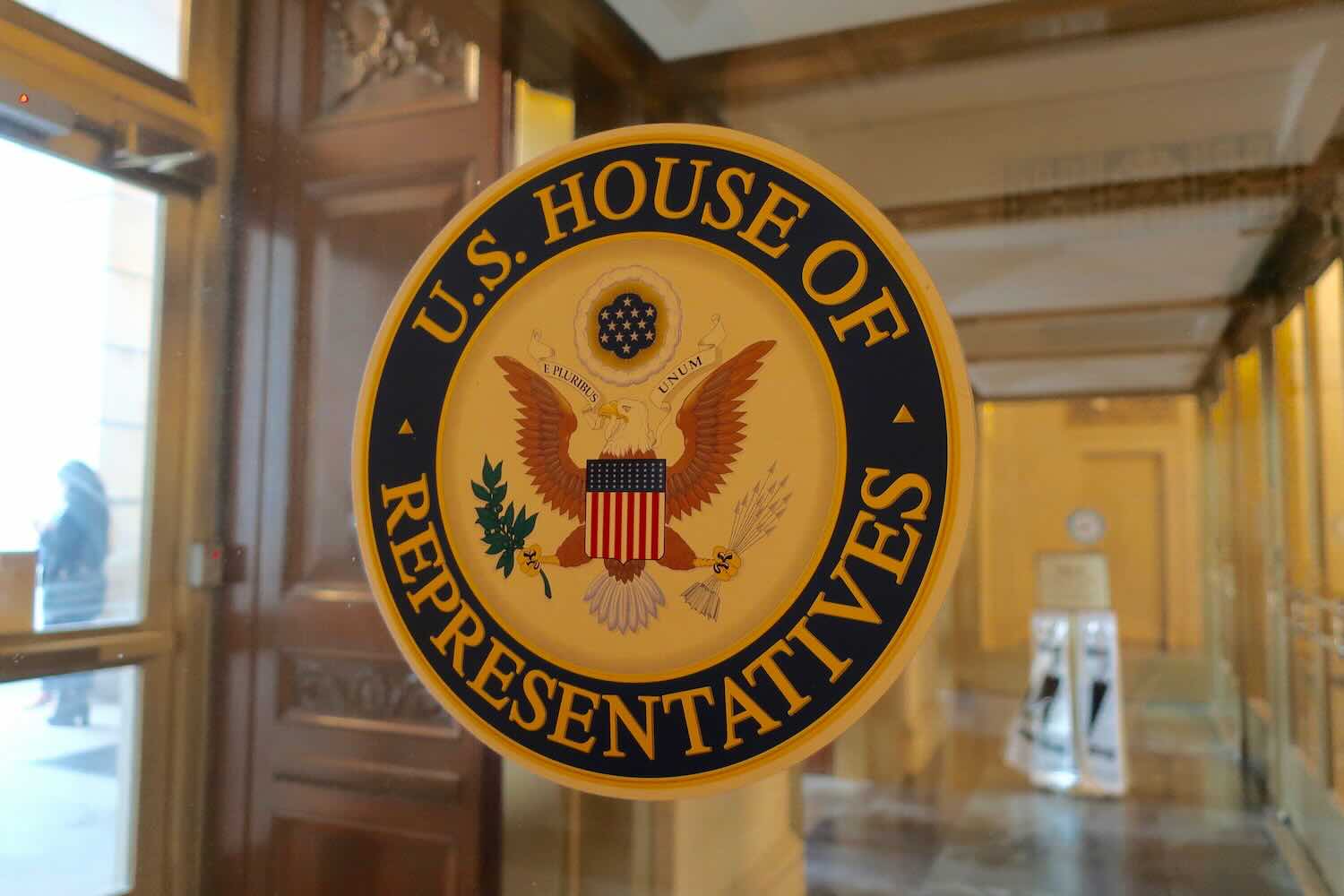ImpactAlpha, Feb. 17 – With no shortage of demand, the Biden administration is taking a fresh look at the other side of the economic equation: supply.
Trillions of dollars in government-led infusions helped keep the U.S. economy afloat through the pandemic. But with Biden’s Build Back Better plan stalled in Congress, the floor is open for new approaches to deliver on social and environmental priorities, without massive government outlays and without accelerating inflation.
Some of the mechanisms and market dynamics may look familiar to impact and sustainable investors, who for decades have been honing investment practices to expand the supply of good jobs, affordable housing, clean energy and regenerative agriculture.
The emerging supply-side growth strategy departs from traditional supply-side economics, which has paired aggressive deregulation with tax cuts intended to promote private investment.
“Modern supply-side economics prioritizes labor supply, human capital, public infrastructure, R&D, and investments in a sustainable environment,” Treasury Secretary Janet Yellen said in Davos last month.
Among the tools in the public policy toolbox: catalytic capital in the form of first-loss and loan guarantees, expanded access to credit for small businesses and disadvantaged communities, expanded research and development (and commercialization of same), and risk-taking grant capital. Agents of impact might counsel such policies also to prioritize impact measurement and reporting, accountability and intentionality.
>>> JOIN CALL NO. 38: Public policy. Private capital. Public good. ImpactAlpha, the U.S. Impact Investing Alliance, and special guests will explore opportunities to engage with the SEC around corporate ESG disclosure, climate risk reporting and human capital management, Tuesday, Feb. 22. RSVP today.
Such supply-side policies can attract business activity and investment to sectors and geographies deemed too risky for private markets alone.
“What we need is market shaping, not just market fixing,” economist Mariana Mazzucato told New York Times columnist, Ezra Klein. “We need to see the crowding-in effect, not just the crowding-out effect.”
Catalytic capital
A little government financing combined with targeted regulation can go a long way to spur the development of market-based approaches to many of the administration’s priorities.
“I don’t think there’s a single success story in hard tech, not one in the energy space, that didn’t involve massive government involvement,” Jigar Shah, head of the Department Energy’s Loan Program Office, said on the Catalyst podcast.
Shah is just starting to deploy $40 billion from the loan office’s Innovative Energy Loan Guarantee, Advanced Technology Vehicles Manufacturing Loan and Tribal Energy Loan Guarantee programs. The office has provided major catalytic funding to companies scaling energy technologies, including electric vehicles (think Tesla), modular nuclear reactors and fusion.
Another demonstration is the Advanced Research Projects Agency-Energy, or ARPA-E, the “moonshot investment arm of the Department of Energy,” according to MIT Technology Review. The program is modeled on the Pentagon’s DARPA lab, which pioneered the Internet and many other innovations.
Since 2009, ARPA-E has provided nearly $3 billion to 1,270 projects at universities, national laboratories and private companies. Almost 200 of those projects have raised another $7.6 billion in follow-on capital from private investors. Earlier this week, ARPA-E announced $175 million in fresh funding to advance technologies for electric vehicles, offshore wind, storage, nuclear recycling and other energy technologies
Health innovation is ripe for a similar approach. After the success of the mRNA vaccines, largely catalyzed by public funding, President Biden wants $6.5 billion for an ARPA program for health breakthroughs. An Advanced Research Projects Agency for Health, (ARPA-H), within the National Institutes of Health would make risk-taking bets on breakthroughs “to prevent, detect, and treat diseases like Alzheimer’s, diabetes, and cancer.”
A key concern: ensuring that health innovations developed with public financing are accessible and affordable, both in the U.S. and in other countries (see, “Linchpin of Gates Foundation’s health strategies, ‘global access agreements’ fail their COVID-19 test”).
Over at the Department of Agriculture, USDA Secretary Tom Vilsack announced $1 billion in grants to small farmers, nonprofits, tribal governments and universities to promote agricultural practices that cut greenhouse gas emissions or capture and store carbon. Expanding such practices could raise the value of U.S. farm products as food companies increasingly push to decarbonize their supply chains.
“We think there is an emerging opportunity here, as consumers demand more sustainably produced food here in the United States and certainly in the export market,” Vilsack told Reuters.
Last year’s historic investments of nearly $12 billion into community development and minority deposit institutions shored up essential capillaries of capital to Black, Indigenous and other entrepreneurs of color. CDFIs played an essential role throughout the pandemic in keeping open businesses historically excluded from mainstream finance.
The United States Innovation and Competition Act and the similar COMPETES Act would authorize between $250 billion and $350 billion to help unsnarl supply chains, expand international development finance and establish regional innovation hubs – all good ways to build back better.












